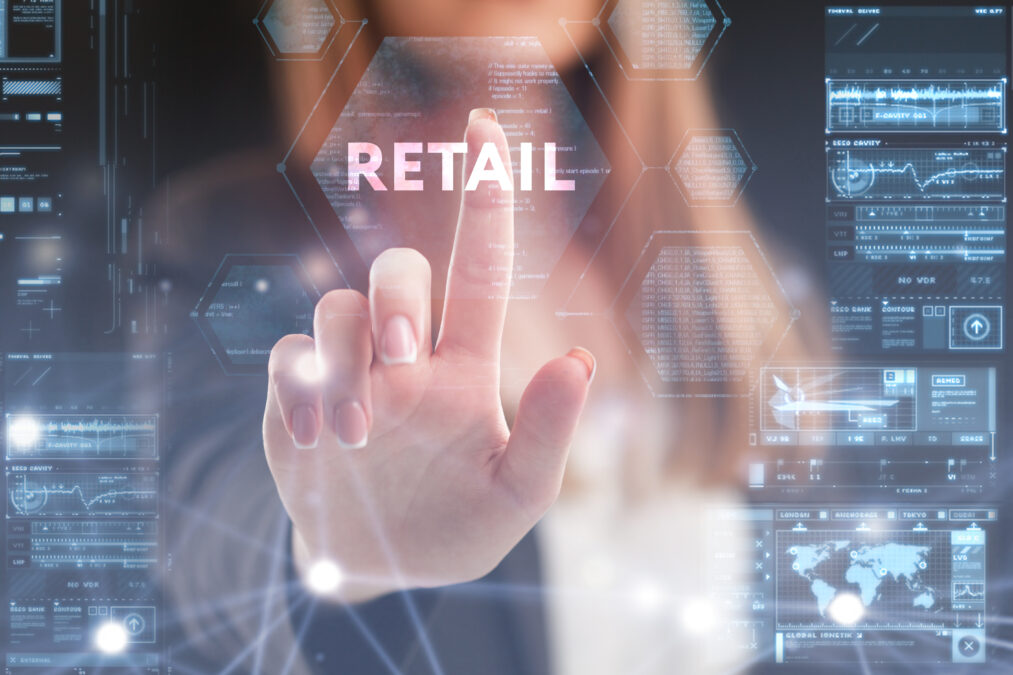Suzette Meadows, lead consultant, contact centre/unified communications at Exponential-e, discusses what retailers can learn from supply chain disruption
Supply chain disruption shows no sign of abating in 2022, with shipping industry experts warning that delays created by the pandemic are likely to continue well into this year, which suggests there’s more turbulence on the horizon for the retail sector. It’s a challenging market right now, particularly given the lack of warehouse space that many businesses are currently facing in the UK as e-commerce sales continue booming.
The learnings we take away from this situation, and the last two years as a whole, will be paramount in helping build better strategies, implement more efficient processes, and invest in better technologies to mitigate future challenges, and deliver a more seamless customer experience, whether online or in store.
Retail in the metaverse: considerations for brands
Investing in the right tools to deliver a consistent retail experience
Technology has undoubtably become influential in all aspects of our daily lives and has hit every part of the retail ecosystem. The impacts of the pandemic created a boom of online shoppers, who aren’t going away any time soon. Consumers are now more inclined to search and buy products online, with unlimited options as the tantalising grip – retailers though must endeavour to continuously adapt to keep ever with ever evolving customer demands. This goes for physical stores too, as customers that become more tech savvy increasingly expect brick-and-mortar stores to keep up with exciting and new digital innovations. An additional part of this retail ecosystem that can be revolutionised by technology is the industry’s operations, which can and should be stabilised and made more efficient.
Whilst no retailer can predict what will happen in the future, they can invest in technology that helps cope with erratic seasonal or supply rise and falls and help prepare for whatever lies ahead. Investing in software solutions that can help to stabilise operations and prepare for unknown terrains is a good place to start. For example, Enterprise Resource Planning (ERP) systems can provide transparency into the entire business process by tracking all aspects of production or distribution, financials, and back office. Workforce management solutions also provide many features that analyse and predict customer demand and match them with available resources, to ensure you shift patterns and staffing levels are as efficient as possible
These kinds of tools are critical in supporting an omnichannel approach, streamlining processes and gaining greater insight into the business, allowing retailers to make real-time decisions based on what’s best for their customers and employees.
Contact centres are the new face of the store
With changing customer expectations, the majority now demand a seamless, fast-paced shopping experience, be it online or in-store. They want a fast and efficient approach to shopping, both in-store and online. This is also true of customer experience.
Inevitably, that will see our use of digital channels increase and further elevate the pivotal role contact centres now play in the retail sector. Through an omnichannel mode of customer service, contact centres can assign, manage and more effectively track actions and improve customer outcomes.
Customer service agents, in turn, are now at the heart of the digital service delivery as they interact with customers over digital channels such as webchat, video and social media. With access to customer data, the contact centre is ideally positioned to play a role in planning and managing contact across the customer lifecycle.
How empowering your brand can power customer behaviour in the experience economy
Building stronger relationships through technology
Nearly two years into a pandemic, one undoubted learning is the importance of putting empathy at the heart of the customer experience. The use of digital channels, especially video is one way in which customer service agents can do so. Customers often show frustration when being forced to speak with bots and automated voices, as opposed to real people. Even if a customer appears frustrated online or on the phone when speaking with a human, it’s often a face-to-face interaction that gives the required added layer of communication to help take the heat out of escalating situations – body language.
Technology also plays an integral role in helping customer service agents build an accurate picture of a customer’s situation and as such, demonstrate greater empathy towards it. Using big data and analytics solutions for example can help them focus on what their customers are actually telling them. The point being that while human empathy is critical to a good customer experience, the best agents will not only be able to use their own skills, but will also be able to work alongside technology to improve their customer service delivery.
Using technology to drive better experiences on the high street
Retail organisations have been engaged in a battle between online and in-store shopping for some time. While this battle was certainly heightened by the pandemic, plenty of ‘e-tailers’ and traditional retailers have weathered the challenges and come out the other side stronger. Typically, it’s been those that have demonstrated ingenuity, persistence and a willingness to innovate.
One brilliant example is a UK-based pioneer in sustainable energy, using technology to deliver seamless, fully immersive customer experiences, intelligently utilising data to enhance service quality and streamline the purchasing process. Its use of remote payments and digital menus on its innovative electric forecourts makes it possible to get deep insights into customer behaviour, and in doing so, create a foundation for truly personalised, bespoke experiences to be automated. For example, when a visitor connects to charge their car, their regular coffee could be automatically ordered for them, or even a booking made at the gym, or one of the featured restaurants.
Retailers that follow suit will be able to maintain that all-important human touch, while simultaneously introducing a level of efficiency that would previously have been inconceivable.
A strong network – the foundation to seamless operations
The ups and downs of the last two years have made it clear: retailers must continuously innovate to compete, and that means make the most of the tools available. Only through the help of technology can they support a seamless customer experience, and consequently, future growth.
Solutions that enable scalability and flexibility in particular will be crucial to building a more resilient sector that can handle peaks and troughs in demand. Investing in strong IT solutions that allow for this flexibility, scalability and that are designed to meet each unique requirement, is the foundation to seamless operations.








